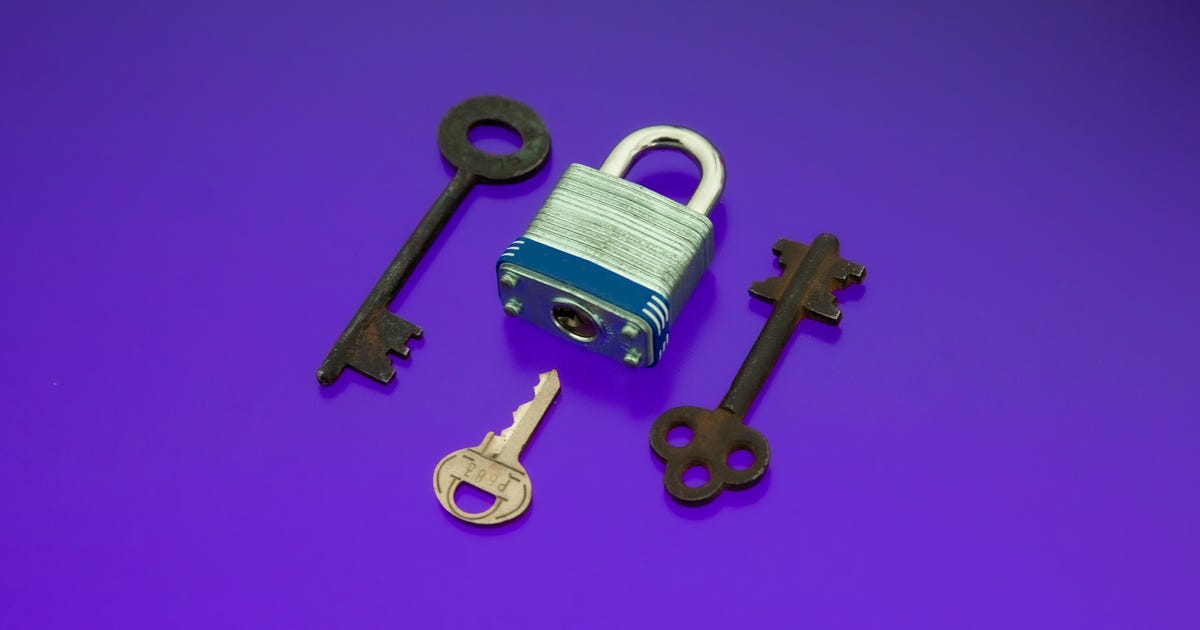Tag: tips
-

Stop Home Network Hackers: Top 10 Tips to Protect Your Wi-Fi Security
This story is part of Home Tips, CNET’s collection of practical advice for getting the most out of your home, inside and out. Your home Wi-Fi network might not be as safe as you think. In 2021, internet crime cost Americans more than $6.9 billion. While phishing and scams contributed to the losses, personal data breaches were also…
-

12 programming tips to slash your cloud bill
Nothing at all lifts a improvement team’s spirits like seeing an software go viral. It is a amazing feeling–at minimum, right up until the monthly cloud bill comes in. Some developers believe that running the value of computing is a responsibility for the devops squad. Coders produce the software, toss it in excess of the…